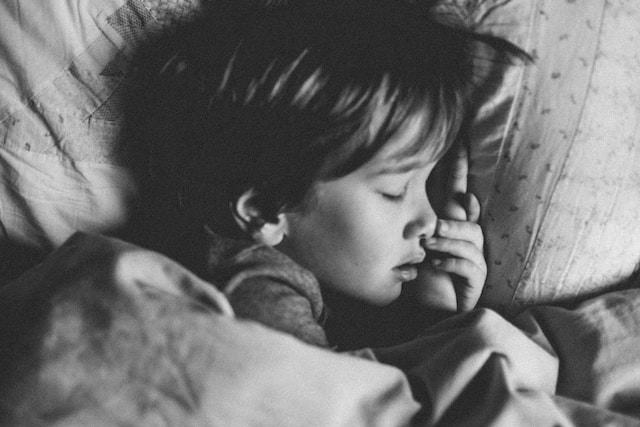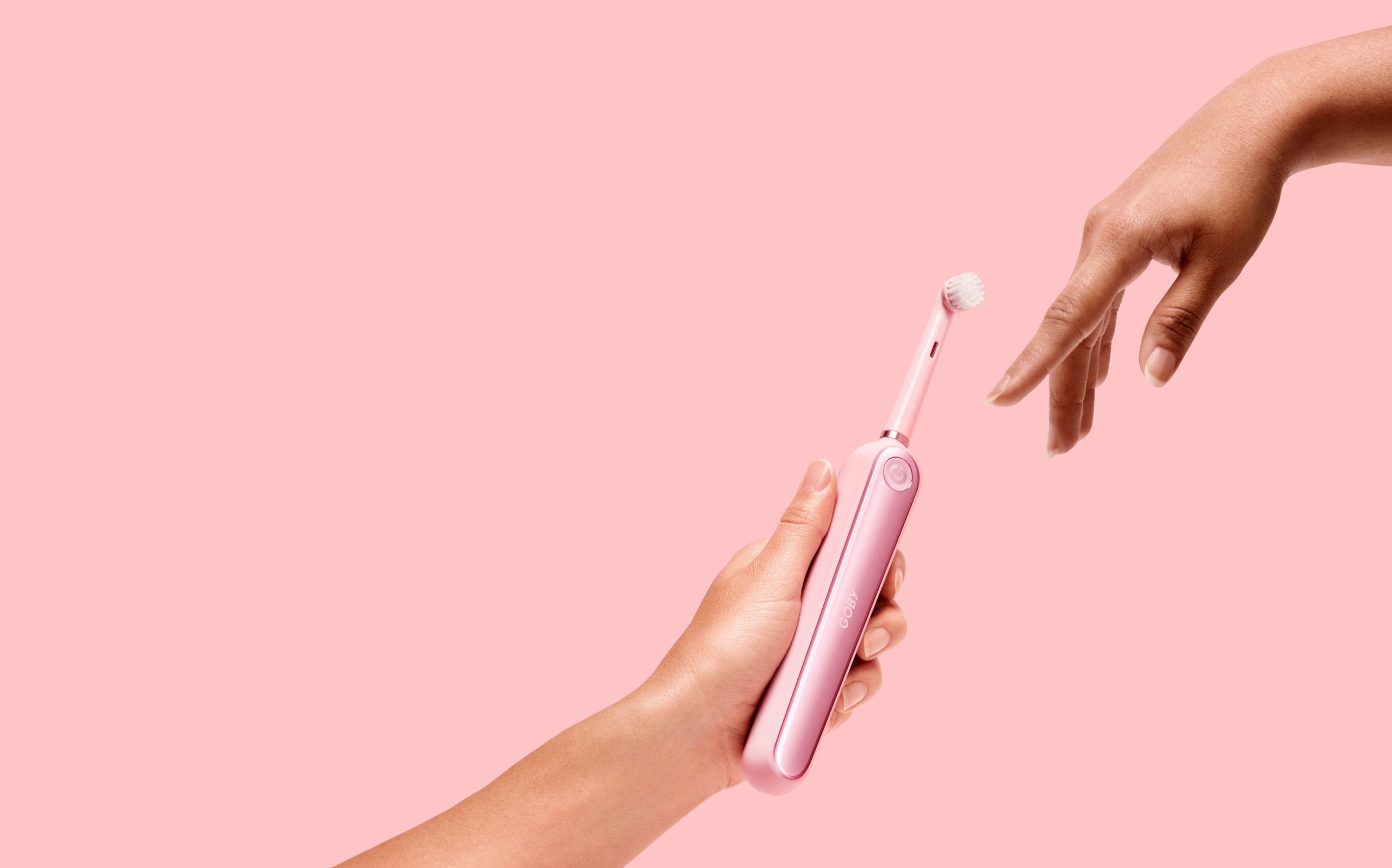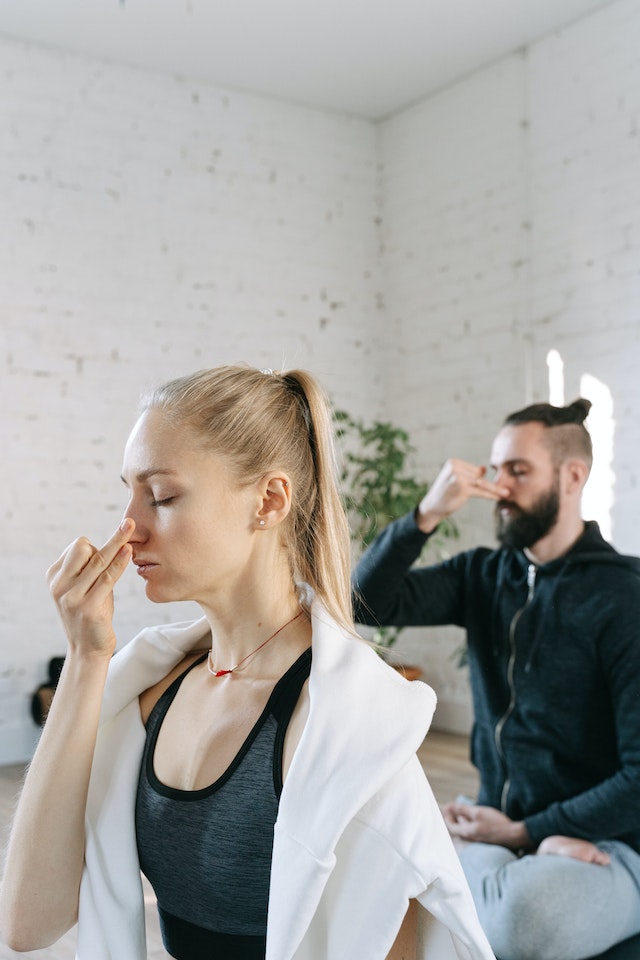In a fast-paced world filled with constant stressors, anxiety has become a prevalent issue affecting millions of people. While various coping mechanisms are available, one often overlooked aspect is the impact of sleep and the position in which we rest our bodies. In this ultimate guide, we delve into the world of sleep positions and explore how they can contribute to alleviating anxiety symptoms, offering insights that could potentially revolutionize your sleep routine.
Sleep, Anxiety, and the Body-Mind Connection
The intricate relationship between sleep and anxiety is deeply rooted in the body-mind connection. Experts agree that quality sleep is crucial for maintaining emotional well-being and managing anxiety levels. By understanding how different sleep positions affect the body, we can harness their potential to promote better sleep and alleviate anxiety.
Back Sleeping: A Gateway to Tranquility
Sleeping on your back, also known as the supine position, is often recommended for anxiety sufferers. It promotes a neutral spinal alignment and allows for unrestricted breathing, which can help reduce muscle tension and promote relaxation. Back sleeping can also prevent acid reflux, a common condition that can exacerbate anxiety symptoms.
Side Sleeping: Embracing Security and Comfort
For individuals who prefer to sleep on their side, this position offers a sense of security and comfort. Side sleeping allows for optimal airway alignment and promotes better breathing. Placing a pillow between the knees can help align the spine, reducing pressure on the lower back and hips. Additionally, side sleeping has been found to reduce the risk of sleep apnea, a condition often linked to anxiety.
Stomach Sleeping: Proceed with Caution
Sleeping on one’s stomach may provide temporary relief for some anxiety sufferers, as it can create a sense of containment. However, this position can strain the neck and spine, leading to discomfort and potential long-term issues. Experts generally advise against stomach sleeping, but if it brings you comfort, using a soft pillow or sleeping face down with a specialized pillow may help reduce strain.
Combining Positions: Personalizing Your Sleep Experience
Finding the perfect sleeping position for anxiety might involve a combination of positions that work best for your individual needs. Experimenting with different combinations, such as using a body pillow or propping yourself up with pillows, can help create a customized sleep environment that maximizes relaxation and minimizes anxiety.
Additional Tips for a Restful Night’s Sleep
Optimizing your sleep environment goes beyond just finding the perfect position. Here are some additional tips to enhance your sleep quality:
- Establish a consistent sleep schedule and prioritize a regular bedtime routine.
- Create a peaceful sleep environment by minimizing noise, light, and distractions.
- Invest in a supportive mattress and pillows that align with your preferred sleep position.
- Practice relaxation techniques, such as deep breathing exercises or meditation, before bedtime.
- Limit caffeine and screen time in the evening to promote better sleep quality.
Remember, finding the ideal sleeping position for anxiety is a highly personal journey. It may require some trial and error to discover what works best for you. Consulting with a healthcare professional or sleep specialist can provide valuable insights tailored to your specific needs.
In conclusion, sleep positions have the potential to impact anxiety levels and overall sleep quality. By understanding the connection between sleep and anxiety, and experimenting with various sleep positions, you can unlock the power of sleep as a tool for anxiety relief. So, find your perfect sleeping position and embrace the transformative benefits that await you on the path to a more restful and anxiety-free slumber.











